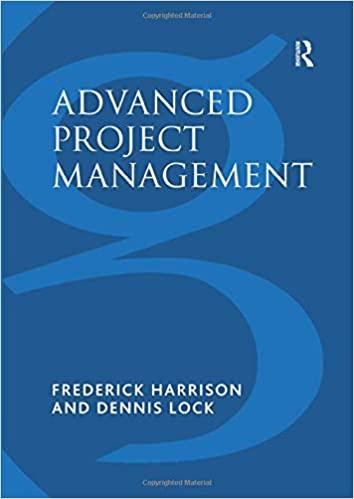Question
pls will give thumbs up CanCan reported the following selected data for the year ended December 31, 2022: Average operating assets $4,500,000 Operating Income After
pls will give thumbs up
CanCan reported the following selected data for the year ended December 31, 2022:
| Average operating assets | $4,500,000 |
| Operating Income After Tax | 350,000 |
| Tax rate | 30% |
Included in the operating assets is a bottling machine which was acquired 4 years ago at a cost of $780,000. Although, this machine is still in good condition, management is considering replacing the existing bottling machine with an energy efficient machine. The current market value of the existing machine is $200,000 and the residual value is $20,000 if disposed at the end of 6 years. The following is the annual expenses associated with the existing bottling machine:
| Annual expenses: | Existing bottling machine |
| Direct materials | $180,000 |
| Direct labour | 240,000 |
| Quality Control | 80,000 |
| Factory Maintenance | 60,000 |
| Depreciation | 76,000 |
On January 10, 2023, a manufacturer is offering to sell a new bottling machine to CanCan at a price of $940,000. The machine would last for 6 years and has an expected residual value of $40,000. The new machine will reduce $20,000 of inventory at the beginning; however, this amount will be tied up at the end of the 6th year. With the new machine, CanCan expects to reduce the prime costs by 20% and the manufacturing overhead costs, excluding depreciation, by 40%. CanCan has a minimum desired rate of return of 4% and a cutoff period of 4 years in evaluating the new project. Managers who are being evaluated using Residual income (RI) are unsure whether this is a good idea.
Using the financial information from 2022,
| Calculate the Cost of Capital, using the WACC: | $ |
| Calculate the Economic Value-Add (EVA): | $ |
| Calculate the residual income (RI): | $ |
| Calculate the net initial investment: | $ |
| Calculate the total annual cost saving: | $ |
| Calculate the present value of the total annual cost savings (Rounded to the nearest dollar.) : | $ |
| Calculate the total terminal value: | $ |
| Calculate the present value of the total terminal value (Rounded to the nearest dollar.) : | $ |
| Net Present Value (Rounded to the nearest dollar.) : | $ |
Step by Step Solution
There are 3 Steps involved in it
Step: 1

Get Instant Access to Expert-Tailored Solutions
See step-by-step solutions with expert insights and AI powered tools for academic success
Step: 2

Step: 3

Ace Your Homework with AI
Get the answers you need in no time with our AI-driven, step-by-step assistance
Get Started


